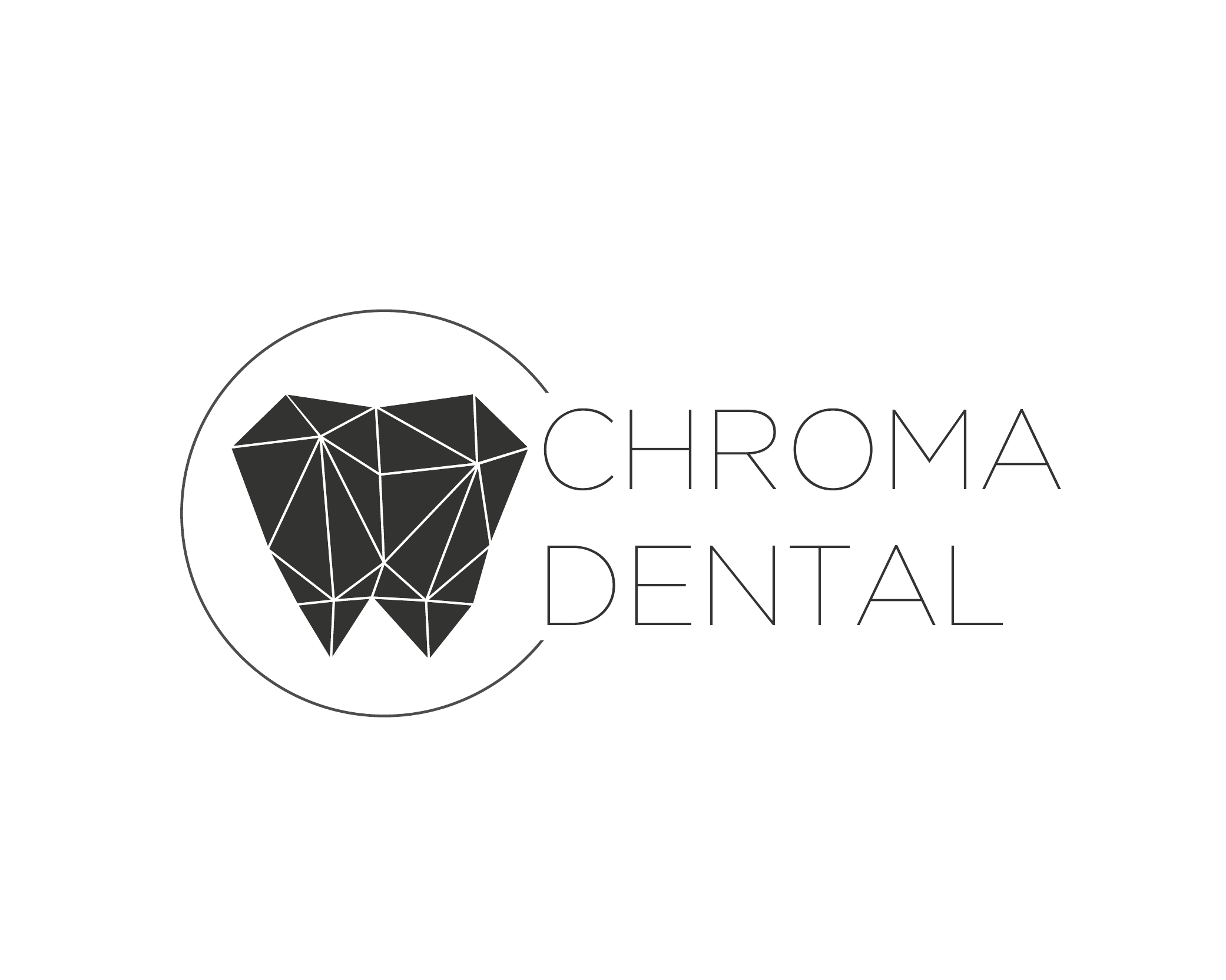Most cavities begin in the pits and grooves of the chewing surfaces of the back teeth — areas that toothbrush bristles and floss often miss. Because these fissures can trap food and bacteria, a smooth, continuous surface helps prevent decay from taking hold. Dental sealants act as a preventive barrier, reducing the chance that harmful acids will reach vulnerable enamel where cavities typically start.
Clinical studies, including guidance from major dental organizations, show that sealants can dramatically lower the incidence of molar decay when applied at the right time. They are considered a standard part of modern preventive care, especially in children and teenagers whose permanent molars are newly erupted and most at risk. By blocking out food particles and bacteria, sealants give good brushing and fluoride a better chance to do their job.
Sealants are not a substitute for daily oral hygiene or regular dental exams, but they are a highly effective complement to these habits. When combined with routine cleanings and proper fluoride use, sealants help create a layered defense against cavity formation — one that is simple, conservative, and focused on preservation of natural tooth structure.
Sealants are typically made from a durable resin or a glass ionomer material that bonds to the enamel surface. When applied, the material flows into tiny pits and fissures, then hardens to create a smooth surface that resists plaque accumulation. The chemical and physical bond to the tooth ensures that the sealant stays in place long enough to provide meaningful protection during early years of tooth eruption and beyond.
There are a few clinically accepted materials used for sealants. Resin-based sealants are commonly chosen for their wear resistance and longevity, while glass ionomer sealants may be preferred in certain situations for their fluoride-releasing properties and easier placement in moisture-prone areas. The selection of material depends on the tooth’s condition, the patient’s risk profile, and the dentist’s clinical judgment.
Sealants are designed to be thin yet resilient so they don’t interfere with chewing or bite alignment. Once cured, the coated surface is easier to keep clean and significantly less hospitable to bacteria. Because they are conservative by nature, sealants preserve healthy enamel rather than removing it — making them a preventive option that emphasizes conservation over repair.
Children and adolescents are the most common candidates for sealants, particularly as their first permanent molars and premolars come in. These newly erupted teeth have deep grooves and are more vulnerable until the child develops consistent brushing habits. Applying sealants during this window provides early protection during a critical period of vulnerability.
Sealants are also appropriate for adults who have deep fissures or a history of recurrent decay on posterior teeth. While preventive efforts often focus on younger patients, adults with specific anatomical risk factors can gain meaningful benefit from sealing susceptible surfaces. The decision is individualized and based on risk assessment during a clinical exam.
Risk factors that prompt consideration include limited manual dexterity (which can make brushing less effective), high sugar exposure, a history of cavities, or orthodontic appliances that make cleaning more difficult. Your dentist will evaluate each patient’s overall oral health and recommend sealants when they are likely to reduce future restorative needs.
Applying a sealant is a minimally invasive procedure that can typically be completed during a routine dental visit. The tooth is first cleaned to remove plaque and debris, then the surface is gently prepared — often with a mild etching solution — to improve adhesion. After rinsing and thoroughly drying the tooth, the sealant material is applied and shaped so it fully covers the grooves and fissures.
Most sealants set quickly, either by using a special curing light or through a chemical set, depending on the material. The process is painless and does not require anesthesia. Once the material is hardened, the dentist will check the patient’s bite and make any minor adjustments to ensure the sealant feels natural when chewing.
Because the procedure is so straightforward, many practices place sealants during the same visit as an exam or cleaning. Follow-up checks during routine dental appointments allow the dentist to monitor the condition of the sealant and repair or reapply it if wear or loss is detected. This ongoing surveillance helps maintain the protective benefit over time.
Sealants are durable but not indestructible. With normal use they can last several years, and their protective effect is greatest during the first two to three years after placement. Routine dental checkups are important because a sealant can chip or wear down; if that occurs, a quick repair or replacement restores the barrier and renews protection for the tooth.
Good home care supports sealant longevity. Regular brushing with fluoride toothpaste, flossing, and a balanced diet reduce the overall bacterial load and help sealants remain intact. While sealants reduce the need for restorative treatment, they do not eliminate the possibility of decay entirely — ongoing preventive care and professional monitoring remain essential.
When sealant wear is detected early, repairs are conservative and straightforward. The dentist can recondition the surface and reapply material without removing healthy tooth structure. This conservative approach aligns with modern dentistry’s focus on prevention and preservation, and it helps patients avoid more invasive treatments down the line.
In summary, dental sealants are a proven, minimally invasive option for protecting vulnerable chewing surfaces from decay. They complement daily hygiene and fluoride use and can be valuable for children, teens, and adults with at-risk teeth. If you’d like to learn whether sealants are a good fit for you or your child, please contact us for more information.
